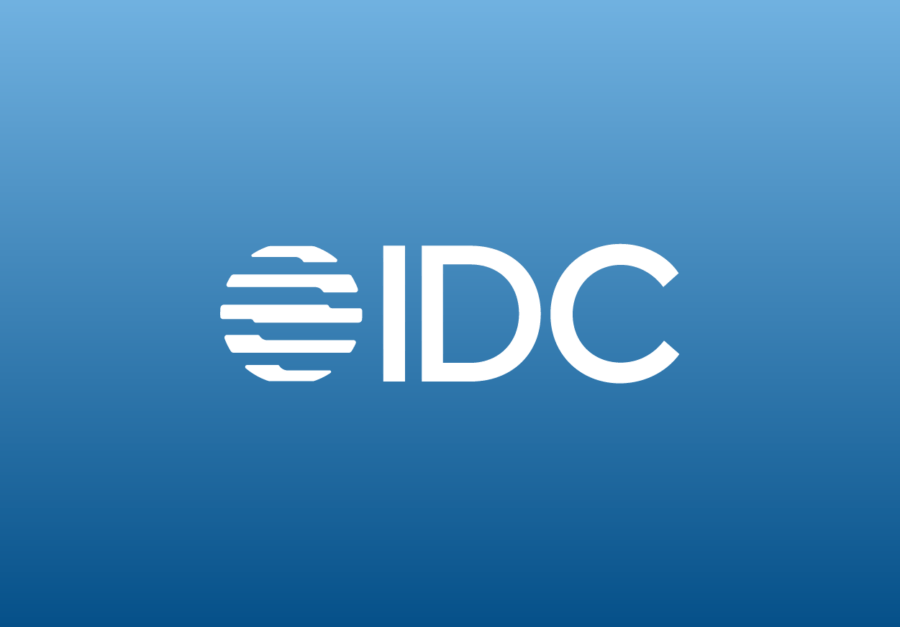Blog
Why IT Should Start Digital Transformation Projects in Finance

Information technology leaders, CIOs, CTOs, CISOs and their teams, have an increasingly heavy burden to launch new technology that drives competitive advantages at their organization. The demand for improved security, scalability and efficiency are top priorities for business leaders around the world. Most companies are going through some type of digital transformation to meet these demands, but with so many areas in need of an upgrade to their existing and aging solutions, how do IT teams prioritize projects? Gaining the most value for the organization starts with Finance. Enabling the team to protect and grow cash, and accelerate free cash flow should be the primary consideration for IT teams.
Additional reading: 15-Minute Guide to Payment Hubs
This article will point out a couple of areas for IT teams to support the organization and get some quick and easy wins for their corporate-wide digital transformation projects such as mission-critical processes related to AP, AR, accounting and treasury through qualified cloud vendors.
1: Connectivity as a Service
IT teams globally integrate financial applications for different reasons – for example, consolidated reporting, forecasting, ERP posting, payment generation, sales statistics and more. These integration points can become very complex and costly because of all the different protocols, file formats, firewalls, encryptions and security requirements that must be satisfied. In addition, once you have these integration points working, you still have to actively manage and troubleshoot any issues.
Today’s multi-tenant cloud treasury technology is more sophisticated than ever before and can help to streamline this integration process, as well cut down on the implementation and maintenance costs. Vendors have libraries of thousands of prebuilt bank protocols, ERP connections and file formats that have already been developed and successfully tested with hundreds of other clients. By leveraging a cloud vendor to own and manage your connectivity, it takes IT out of the business of building and testing file formats, connection protocols or having to complying with special encryption processes that most banks require. The whole connectivity process can be managed and supported by a qualified vendor, saving hundreds – if not thousands – of IT hours to use on the other strategic digital transformation projects. Some common examples where cloud technology can simplify and replace current processes:
- Payment file formatting
- Transmission to and from your banking partners
- Eliminate logging into multiple banking portals and exporting reports
- BAI and MT940 reporting from the banks
- Automating ERP posting files for accounting
- APIs to banks and other data warehouses
- Aggregating forecasting data
2: Technology Enhanced Security & Compliance
With the amount of fraud and cyber security cases rising by the year, corporations need to make changes to secure the transaction lifecycle. As IT teams go through this transformation process, they can set up themselves up for success – and reduce their workload — by using a vendor’s technology and best practices to lock down their security. Below are some of the most common solutions our clients look to deploy to enhance their current security and compliance processes.
- Bank account management – Delivers approval workflows for internal controls such as bank account changes, signatory changes, and authority signing rules that are commonly synced with payment processes.
- Extended security layers – By leveraging a vendor’s library of security options, IT professionals can easily lock down the application — and financial data — better than most banks. Those options include:
- IP filtering is a security feature that enables clients to restrict login to a pre-defined set of IP addresses – or ranges of addresses – that are set up and maintained by the system security administrator. If used on its own, IP filtering is an effective fraud prevention tool. IP filtering can also be used in combination with other extended security capabilities to create greater protection – for example, any user logging in outside of the pre-defined set of IP addresses is required to use dual-factor authentication.
- Dual-factor authentication creates a randomly generated one-time password using the user’s smartphone, a token, or a SWIFT 3SKey digital certificate. When dual-factor authentication is activated, the user is prompted to enter the one-time password after submitting their normal UserID and password. This makes dual-factor authentication an effective fraud prevention tool when used on its own.
- Enterprise SSO allows single sign-on with a client’s internal security environment. Enterprise SSO uses SAML 2.0 for LDAP authentication, meaning that each user’s security credentials (for example, their Windows UserID and password) can be used to log in to the application and drive user access. With Enterprise SSO, no additional UserID and password is required, and all password controls are managed internally by the corporate IT team and policies.
- Virtual private networks (VPN) enable users to access an application through a dedicated network maintained by the vendor. The VPN is ideal for centralized or regionalized treasury teams.
- Real-time fraud detection and transaction screening – These outsourced capability creates user-defined screening algorithms to detect high-probability fraud activities from both internal and external fraudsters. The screening runs checks against all OFAC (Office of Foreign Assets Control) and sanctions lists to make sure you are not making payments to countries or companies the U.S. Department of Treasury has blacklisted.
CFO, CIO and treasurers are focused on keeping up with the ever-changing technology landscape to stay competitive and secure in a global environment. This is requiring better collaboration between treasury and IT on digital transformation projects that help secure end-to-end transaction lifecycles and processes. As part of these projects, many companies are also updating internal policies related to connectivity options, security requirements, fraud detection, bank account management, and signatory changes. Have you considered outsourcing these capabilities as part of your digital transformation projects? If not, get some quick wins by putting them on your priority list for 2019.
Note: Want to learn more about how Kyriba can help accelerate your payments transformation project? Register now for our live webinar.









